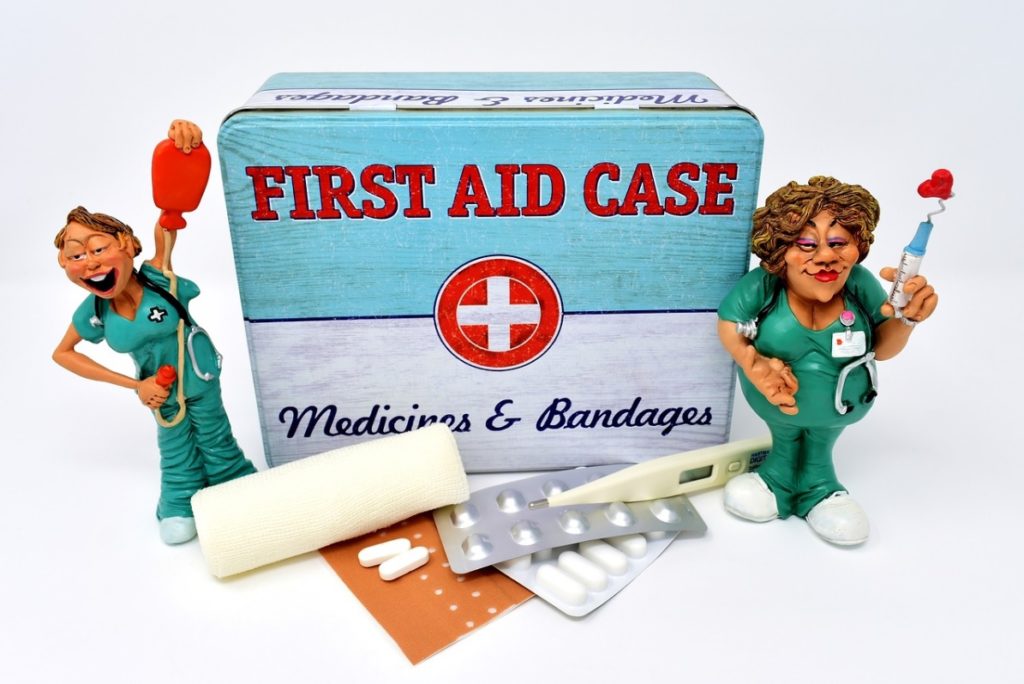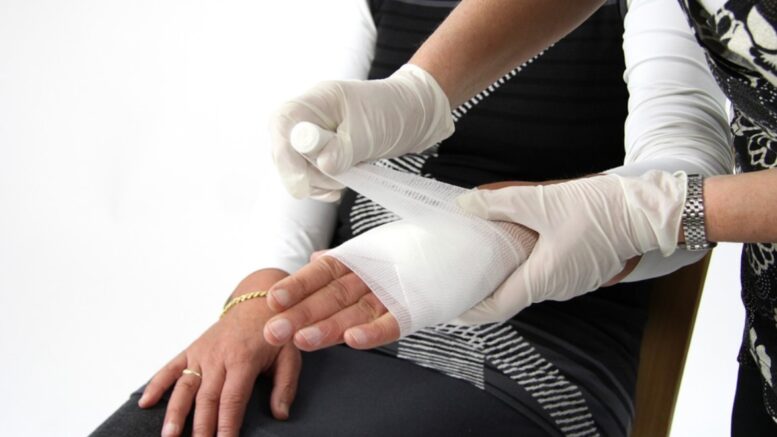Minor cuts and bruises ending up in major skin-related issues is everyone’s story. Everyone goes through such incidents at least once in a lifetime. All it takes is a blink of an eye while slicing bread, and you see a cut on your finger the next moment.
However, such minor cuts can be healed at home with time. Still, when it comes to something significant like knee injury while cycling or running, etc., it’s ultra-important to seek the advice of a practitioner immediately.
Coming back to healing wounds at home. It’s an easy yet careful procedure that demands utmost hygiene. If you are a frequent buddy of cuts and wounds, here is an easy guide to sort out your issues.
Step 1 – Clean it
Wounds are prone to welcoming disease and infections, making it worse for you to deal with. Therefore, clean it with an antiseptic immediately. But above all, wash or sanitize your hands properly to avoid infection. If possible, keep the wound under running water for a few seconds to rinse excessive dirt and debris. Here, you don’t need any potent cleaning agents like rubbing alcohol, hydrogen peroxide, or iodine as they may trigger the wound. Coldwater is more than enough to clean minor cuts. All you need to do is keep up with the hygiene measures.
Step 2 – Stop the bleeding
A small amount of blood is enough to clean the cut or bruises. Generally, minor cuts and wounds stop bleeding on their own. But at the same time, a cut on the hand or head may bleed for longer as these body parts have several blood vessels. Therefore, it’s essential to stop the bleeding to avoid excessive blood loss.

For this, you can put pressure on the wound with a clean cloth until the blood flow stops. Don’t raise the fabric frequently to check the blood flow as it may start to bleed again. Once you notice the wound has stopped bleeding, apply manuka honey ointment that helps in cleansing the wound, fastens the healing process, and protects it from infection.
Step 3 – Cover it up
When the wound stops bleeding and is perfectly clean, too, now is the time to cover it well with a gauze pad, tape, or a well-sterilized bandage. There are times when the cut is small, and people tend to keep it open. This is because most people live with a myth that open wounds are faster to heal than covered ones. But if you take a practitioner’s suggestion, covering the injury is good to prevent it from reopening or exposing you to any infection.
Note – Avoid applying sanitizer or any strong cleaning agent on the wound, which may trigger it, leaving you in pain.
The last line
Minor cuts and bruises are something that almost everyone suffers from. They become worse when you fail to preserve it from infection. The easiest way to escape the fear of disease on a wound or cut is to cover it after cleaning it thoroughly. You can fasten up the progress by applying an organic ointment.
